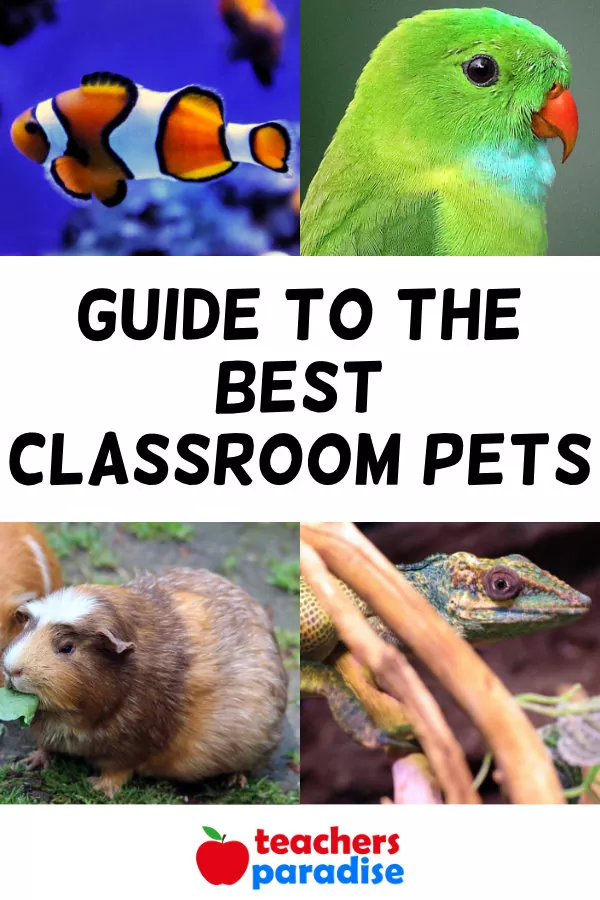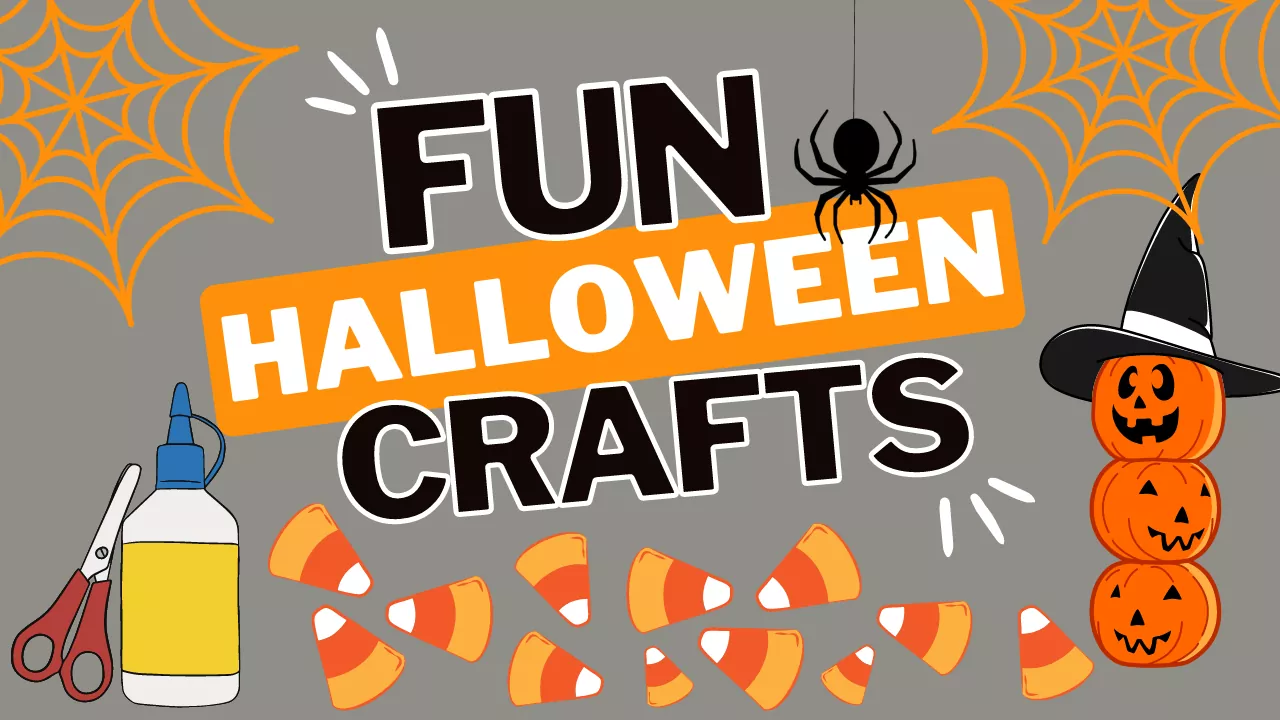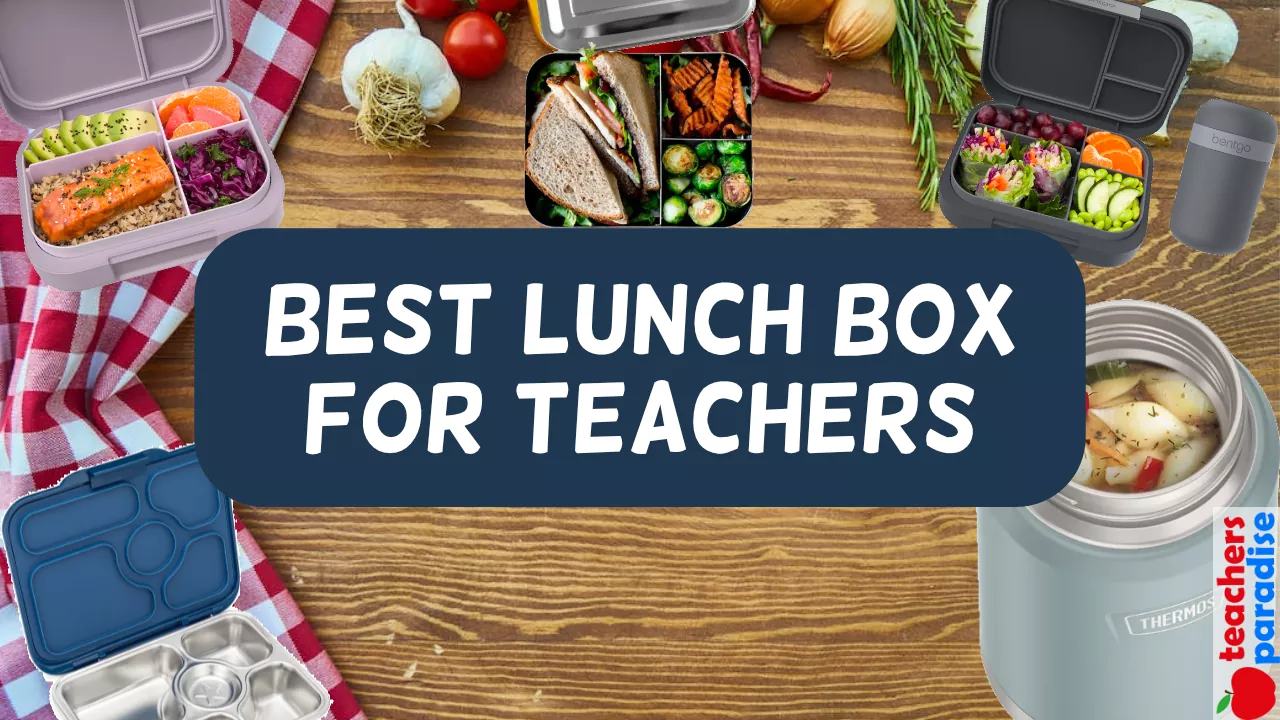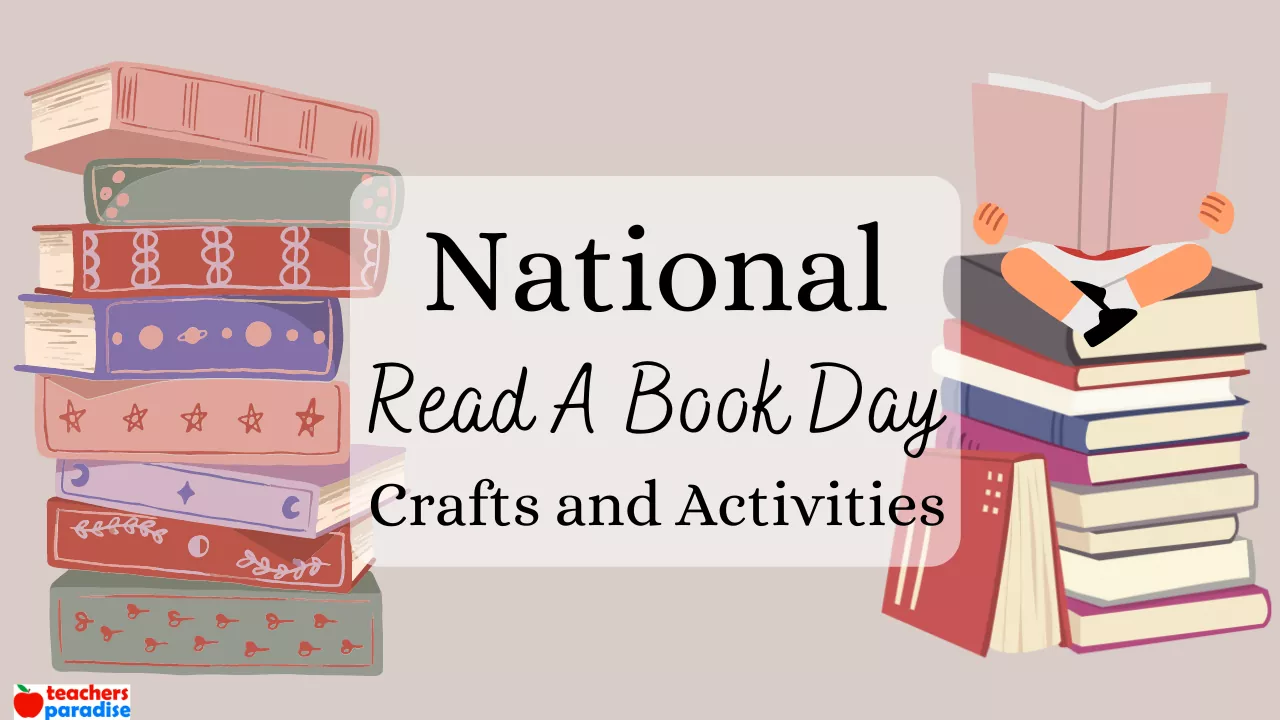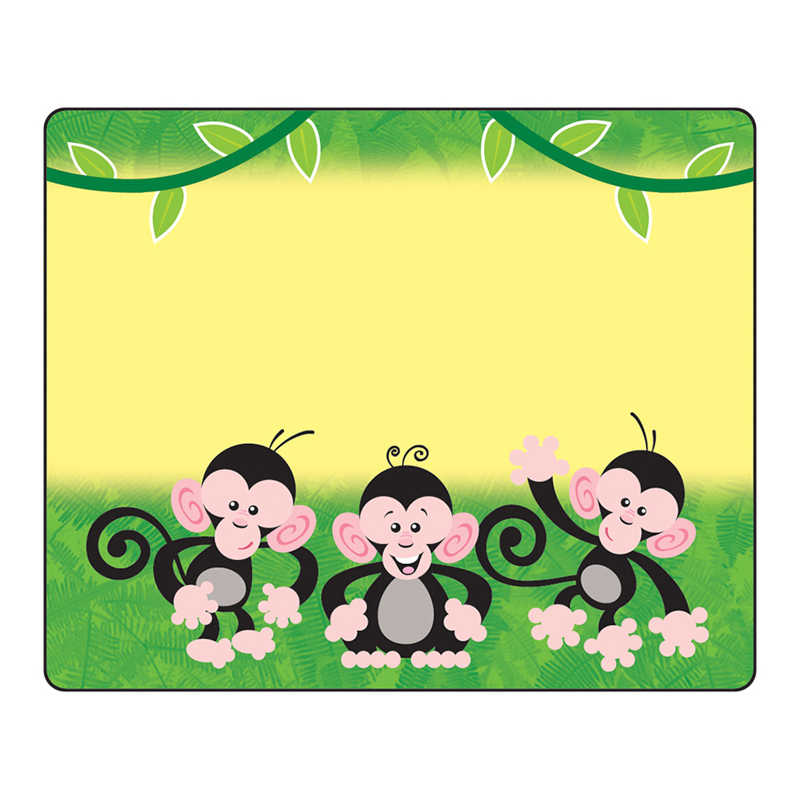Explore Some Advantages And Some Of The Best Types Of Classroom Pets
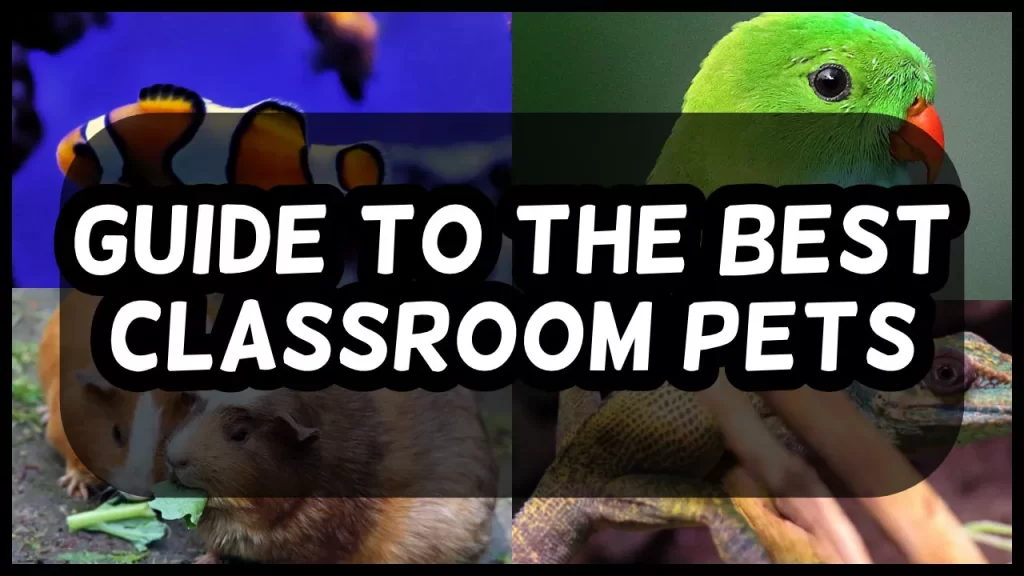
We usually think of classrooms as places where there is no place for elements such as pets, which can become a source of disorder and some chaos due to the care they demand, but their presence in the classroom can bring considerable benefits. Having pets inside the classroom can be quite good for students and teachers since animals help improve children’s attention while also opening the door for the teacher to incorporate the class pet in many lesson plans and even in the classroom theme. Perhaps that is why many schools worldwide now encourage the use of class pets.
So let us explore some advantages and some of the best types of classroom pets and class pet ideas:
A pet in the classroom can be a great way to talk about responsible pet care, how different species are fed, and even allow them to learn about the habitat each one belongs to. In addition, you can assign pet sitters to help provide for them daily, a task for which there will be plenty of volunteers.
Note: TeachersParadise may earn compensation for sales from links on this post through Amazon Affiliate links. We only suggest items our team loves!
1. Fish and marine animals

Putting together a fish tank in the classroom requires proper equipment. Fish are good class pets and the area can be used as an excellent classroom center to talk to them about marine life and science in general. Whether you choose a saltwater tank or a freshwater aquarium, all fish and marine animals require the right environment and a balanced diet.
While a saltwater aquarium requires more maintenance and work, it can function great in a middle school or high school science classroom, while freshwater fish can be easier to maintain in a preschool and elementary classroom.
Aquarium water tests should be done regularly.
You can choose a kind of fish that your students prefer through a classroom vote and develop an exciting lesson out of it. Then, get them involved by feeding the fish and checking tank levels, which is a straightforward action.
Fresh water classroom pet example:
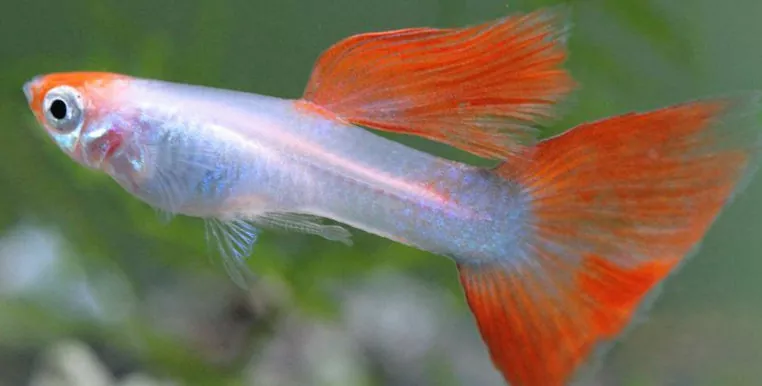
Guppies are a popular and rugged aquarium fish so they are one of best classroom pets for preschool. Feeder guppies are also very affordable. You can buy a handful of cheap feeders and then throw in a couple of “deluxe” guppies. Guppies are live breeders, so your population can grow rapidly.
2. Guinea pigs
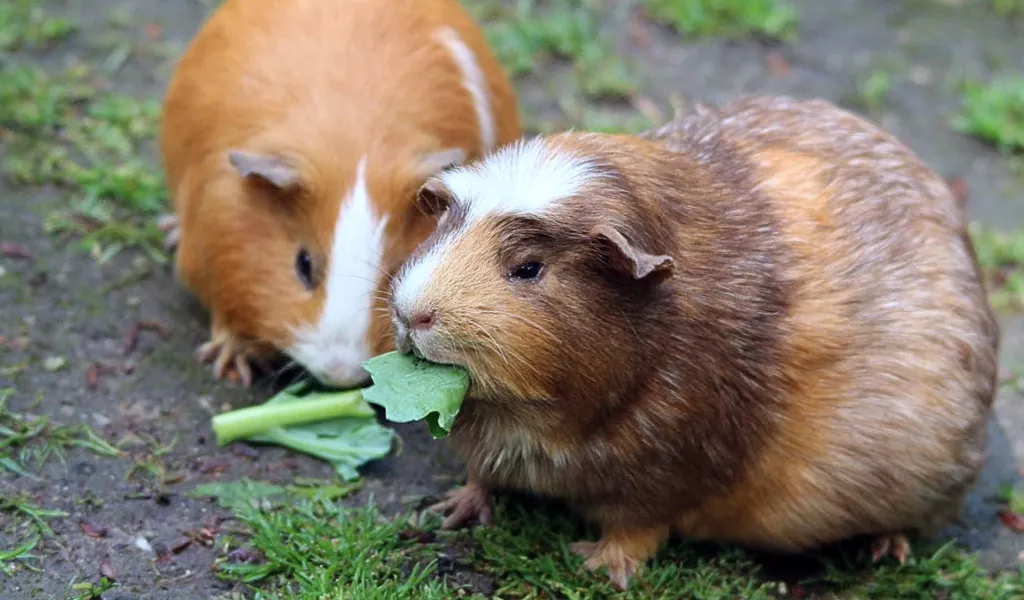
These little rodents are relatively easy to manage and have a charming character that will captivate the little ones in your classroom. They are more robust than hamsters but should still be handled with due care and respect.
Everything a guinea pig needs a cage, food, and toys!
Guinea pigs in a classroom environment should have a large, comfortable cage, quality rodent feed, water, and fresh food. Guinea pigs eat all sorts of vegetables and fruits, which perfectly complement their diet. It’s also essential to provide them with wood to chew on since, like all rodents, they need to wear down their teeth to maintain their dental health and control the development of malocclusion.
3. Reptiles & Amphibians
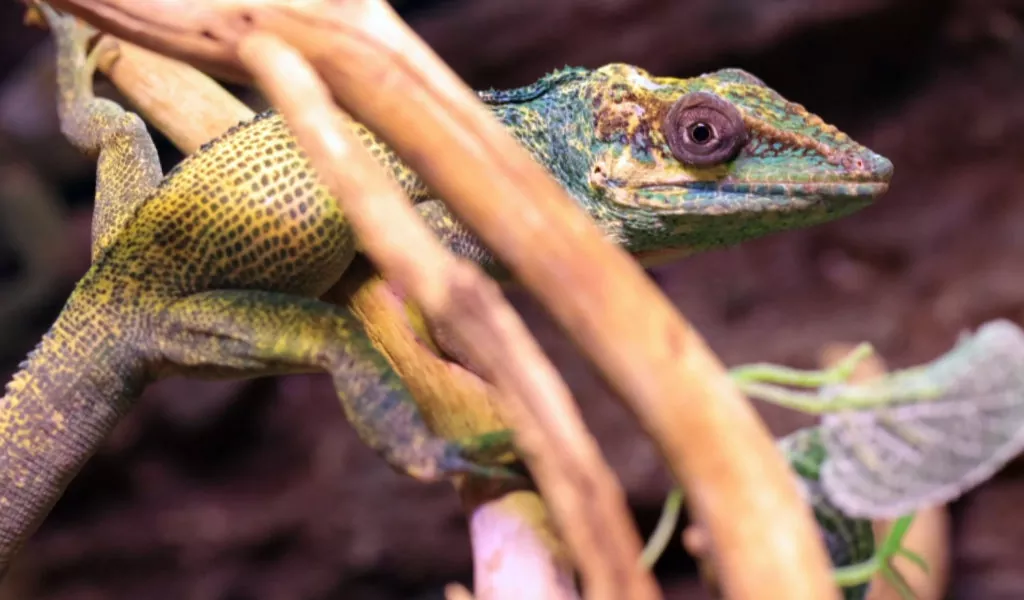
Reptiles & amphibians are fascinating for most children. When they see them, they’ll learn about their distinct habitat and their place of origin. Reptiles & Amphibians also need to have a specific temperature range, water, and specific foods.
Great supplies for creating the perfect reptile terrarium in your classroom!
Some easy-to-care options for classroom pets are turtles and tortoises. And one all-time favorite class pet is the bearded dragon.
Red-eared terrapin/Red-eared slider

Many students are intrigued by turtles. They are considered easy class pets and since many have never seen a turtle up close, they will enjoy watching and learning about the red-eared slider. These turtles are generally very active swimmers and also like to spend most of the day wallowing in the UV light. In addition, turtles can be conditioned to be fed by humans and often swim to your hand for food.
Argentine horned frog/ornate Pacman frog:
An excellent example of the amphibian category, and it is large enough to see characteristics that could describe when teaching about frogs in general. These frogs require Live food for feeding; they love crickets. The Argentine horned frog has teeth so it can bite. These are great for a non-petting class pet.
4. Birds & Parrots
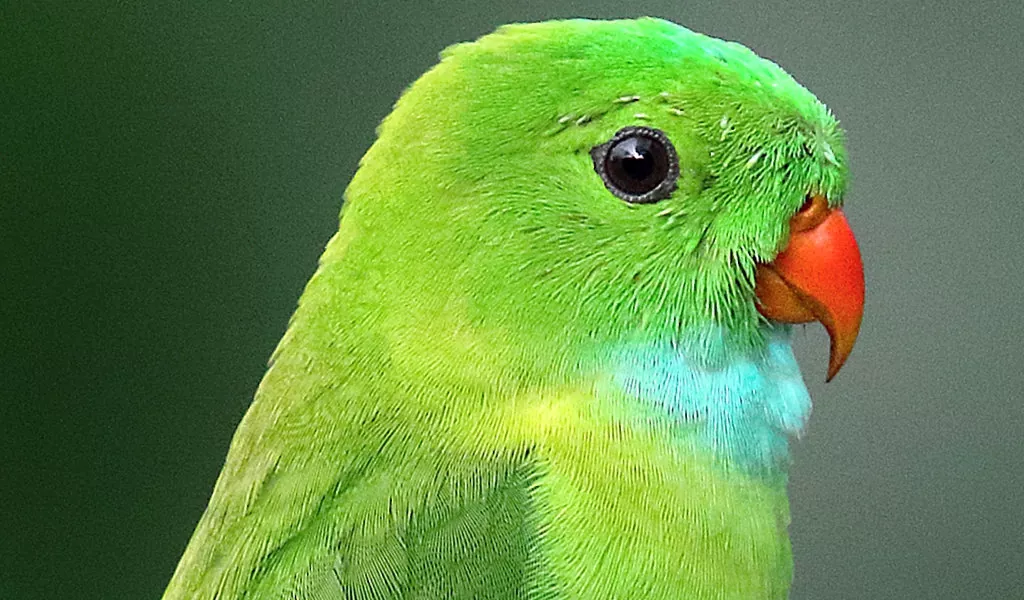
Parakeets and birds can be a pleasant and lively classroom pet that requires reasonably simple care and can be easy to keep in a school environment. A suitable sized cage, according to the bird’s size, is essential, plus a bowl for its feed and water are some of the basic care. Then just a few toys, and you are done!
Parakeets and lovebirds are fun to watch and play with!
5. White rats
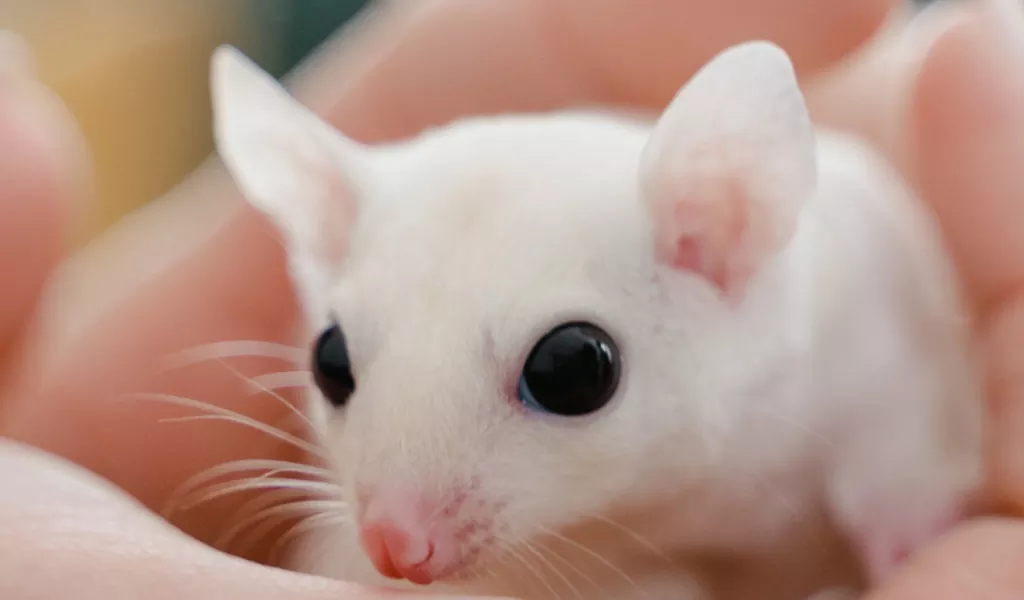
When adequately raised in a comfortable environment, white rats are also a pet your students will love. They have less odor than other mice, have less tendency to bite, are even more so than hamsters, and can be very gentle disposition when handled with care.
Playful white rat pet supplies!
A rat needs a cage made of glass, plastic, or metal with solid ends to prevent it from escaping. In addition, rats should be fed an assortment of fresh fruits and vegetables and little portions of high-quality rat pellets.
6. Tarantulas
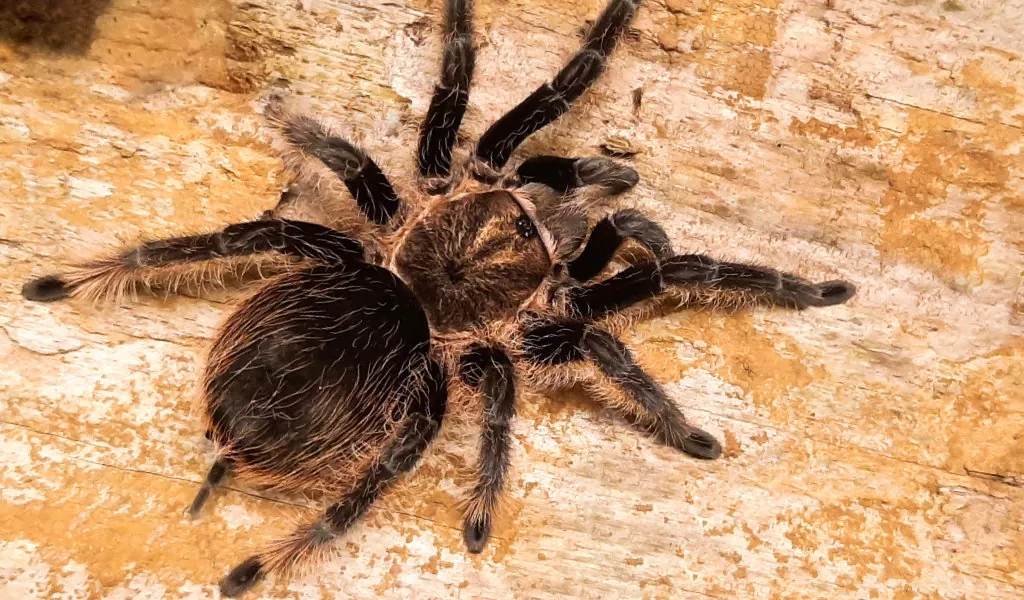
A pet tarantula can help students learn about the differences between insects and spiders. Also, having an animal in the classroom that some children might consider scary or awful is a great way to challenge those preconceived opinions. These spiders can bite, and handling must be done with extreme care.
Another extra quiet class pet is the Tarantula!
Finding the best pet for the classroom can be easy and fun and will help children learn to love to study and learn more.
